Photographing Monarch Butterflies Overwintering in Mexico
I took a trip to Mexico in February in part to see the monarch butterflies in their overwintering homes. I went to 3 sanctuaries in the mountains around Mexico City: El Rosario near Angangueo, Chincua also close to Angangueo, and Piedra Herrada close to Valle de Bravo. They were all worth visiting and I'm pretty pleased with the photos I came back with.
Monarch Photo Gallery
Monarch Photography Tips
If you can visit more than one sanctuary, I highly recommend it. Each one offers different photographic opportunities. For example, in Chincua there was open sky allowing for the shot below of butterflies flying. And in Piedra Herrada the Monarch butterflies settled on trees that were in a ravine resulting in my being closer to eye-level with them.
Here are some more things to consider:
- In the morning or if it's cold, the butterflies probably won't be moving much. They'll be clustered in the trees which are typically in the distance. You'll need a good telephoto lens. I used a 100-400mm sometimes with a 1.4x teleconverter.
- The clusters of Monarchs are often shaded so be prepared to bump up the ISO on your camera. You'll likely need at least ISO 800 to maintain a blurry free shutter speed and often I was at ISO 1600. Even though it may not be immediately visible, this will add a lot of grain to the image that will become quite apparent as you make adjustments.
- A tripod will help a lot, but if it's crowded you won't be able to use it.
- Visit the sanctuaries on a weekday. There will be far fewer people which, aside from making the experience more enjoyable, will allow you stay longer. The sanctuaries try to limit the number of visitors at any one time.
- Don't forget to look up! Catching monarch butterflies in flight can make for a great photo.
- As the day warms, the butterflies will fly more. If you're patient, you can catch a mass of them launching simultaneously from the branches.
- Close-up photos are more likely later in the day when the butterflies leave the trees and land on plants close to you.
- There is a surprisingly large dynamic range you'll have deal with. The whites of the monarch wings and the blacks of the shadows in the trees are quite challenging. In post-processing I had to recover highlights often. My camera (Canon 40D) doesn't allow me to boost shadows as well. So be aware of your camera's strengths before taking photos.
- In post-processing, watch out for color casts particularly when the butterflies are in the shadows (blue cast) and other parts of the photo are in the sun. You'll be able to deal with this if you shoot in RAW rather than JPG.
Visiting the Monarch Sanctuaries
For this particular adventure, I traveled with Natural Habitats on their special Monarch butterfly photography tour which you can read more about. Yes you can get to the sanctuaries on your own, but it'll be much harder. Instead, you can make use of the NatHab guides' expertise and local connections to get you to the butterflies at the right time and with ease. You're also likely to get to stay longer than the general public as the sanctuaries try to limit the number of people at any one time. Also, if you don't know Spanish, you're in for some real difficulties without a guide.
Once at the sanctuaries, you will have a local guide that will take you to where the monarch butterflies are. In addition, you can opt to walk up the mountain or take a horse. You can also choose to walk down or take a horse back down. I'm not sure of the costs as I was part of a tour. I would recommend taking a horse up the mountain and walking down. The walk is fairly easy and you'll have a chance to take photos of birds and flowers (assuming your guide isn't in a hurry).


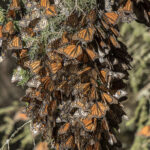
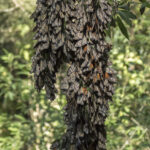
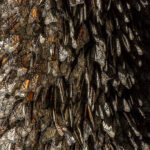
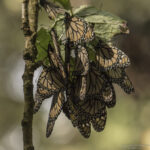
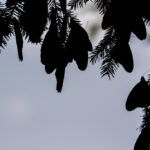
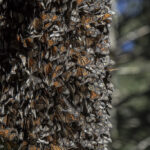
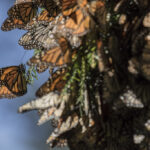

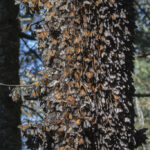
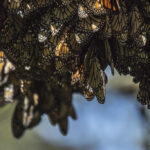
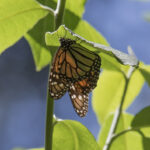



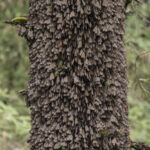

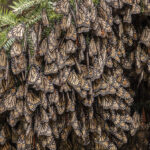
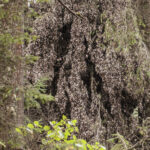
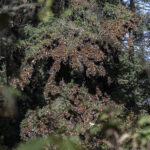
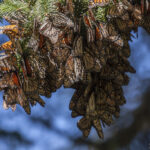

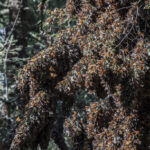
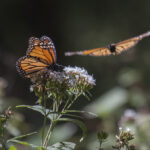
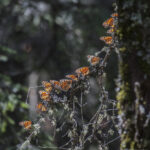
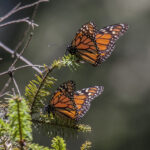
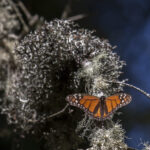
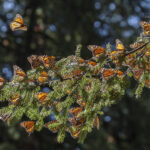
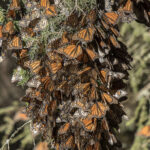
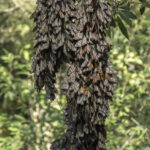
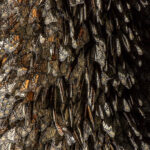
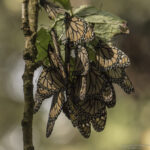
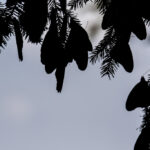
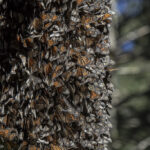
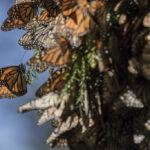
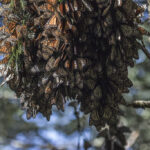
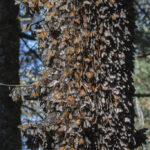
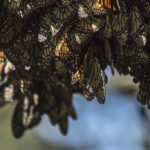
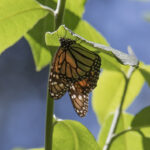
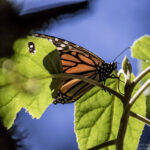
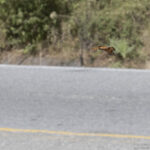
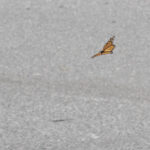
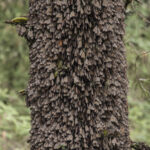
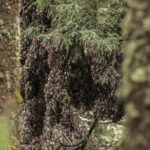
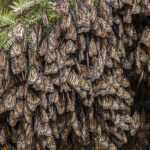


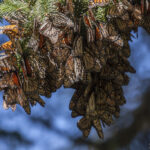

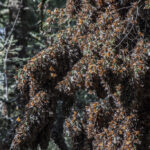
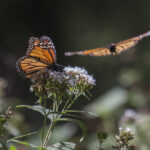
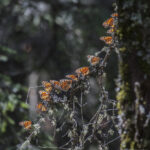
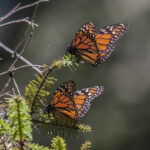
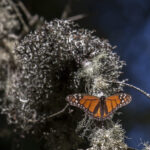
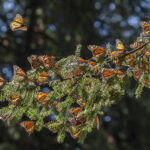
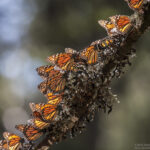
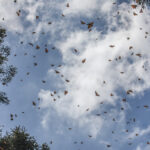
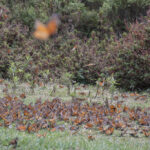
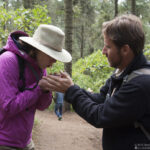
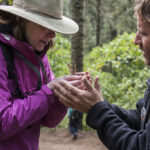
 (3 votes, average: 4.67 out of 5)
(3 votes, average: 4.67 out of 5)
My family is heading to Mexico soon for the migration and I don't know what to take. I do have a mono pod I thought might be hand instead of the tripod. For lenses I have a 150-600 Tamron
A 10-20 WIDE angle Sigma
An 18 - 55 Nikon
and a 55-300 Nikon.
thoughts on the best two to take?
tks
A monopod is certainly better than nothing, but a tripod has the advantage of allowing you set up a shot and then wait for the light to be right. This was helpful when the sky was partly cloudy and it was necessary to wait for the sun to shine through the tree cover. The monarchs look a lot better when under sunlight.
A vast majority of my "keeper" shots were with my 100-400 and 100-400 + 1.4 TC so I'm guessing your 150-600 lens is what you're going to use the most. Sufficient light amongst the trees is an issue so if your camera handles high ISOs well, I'd go with the 150-600 vs. the 55-300.
The only time I used a wider lens was when there was a patch of butterflies on the ground; there was a sky shot; or of people. I'd pick the 18-55 over the 10-20 for these shots.
This leaves you with a gap between 55 and 150 which is not ideal. I had 3 lenses that fully covered 24-400 + a 1.4 TC to bring me up to 560. It's a lot to carry, but I'd be very tempted to include your 55-300 since there are no do-overs and it's the butterflies that decide where to land.